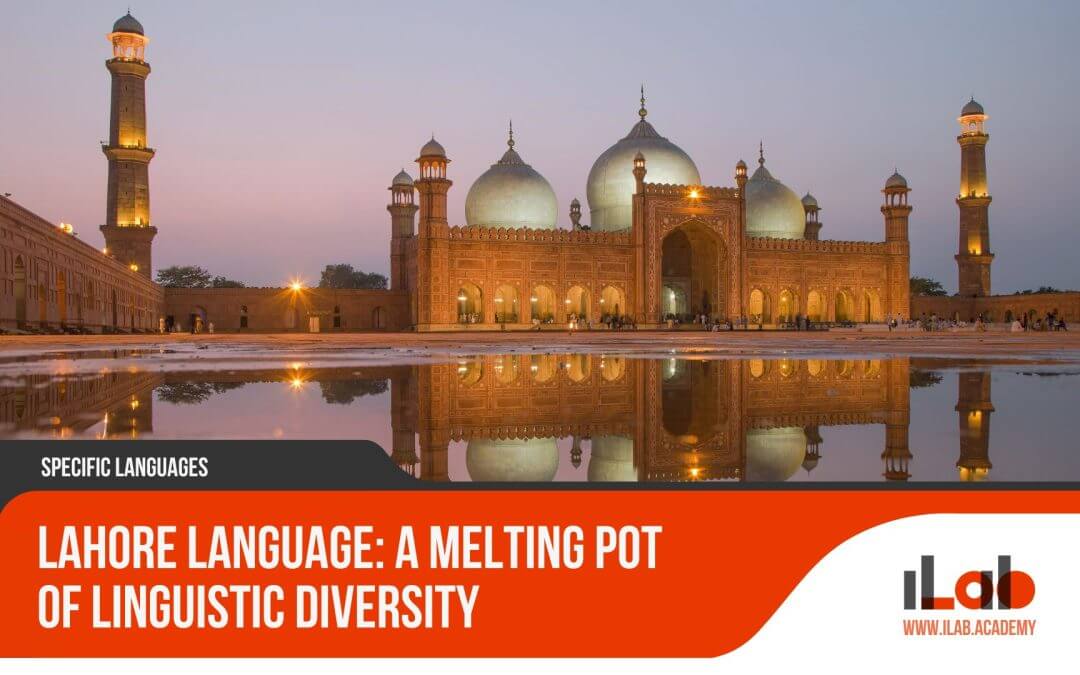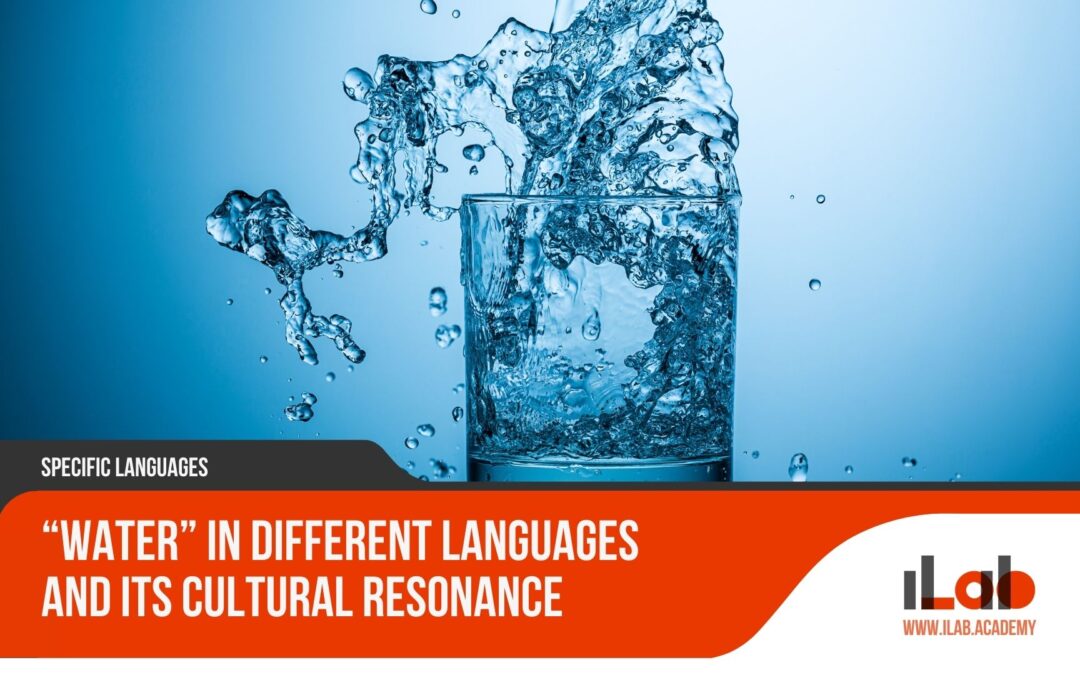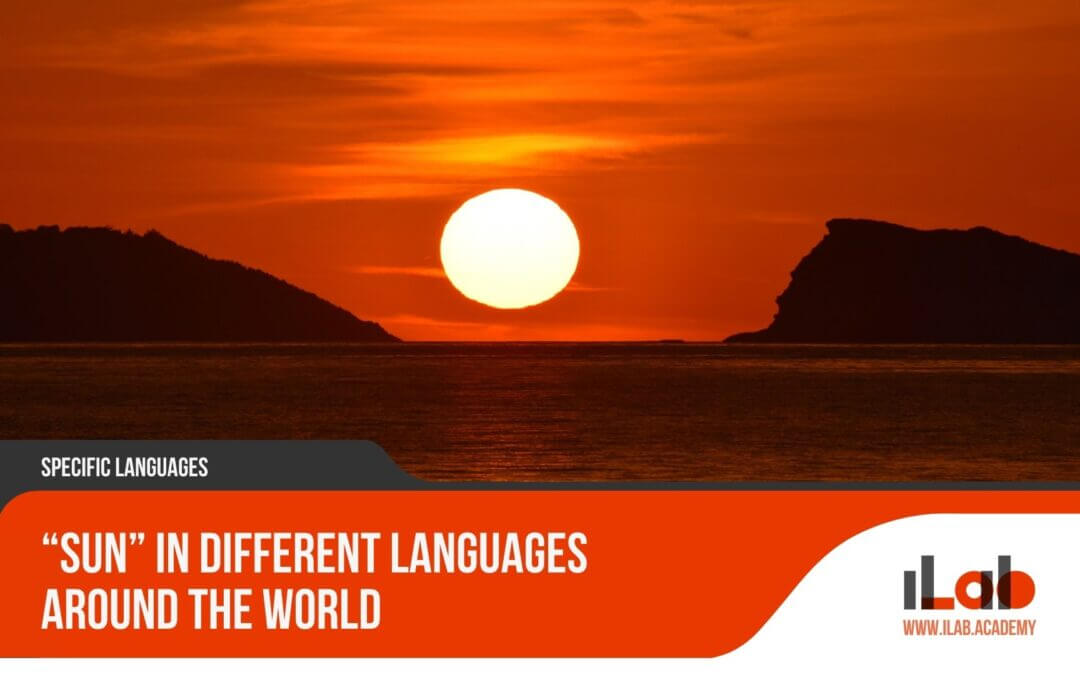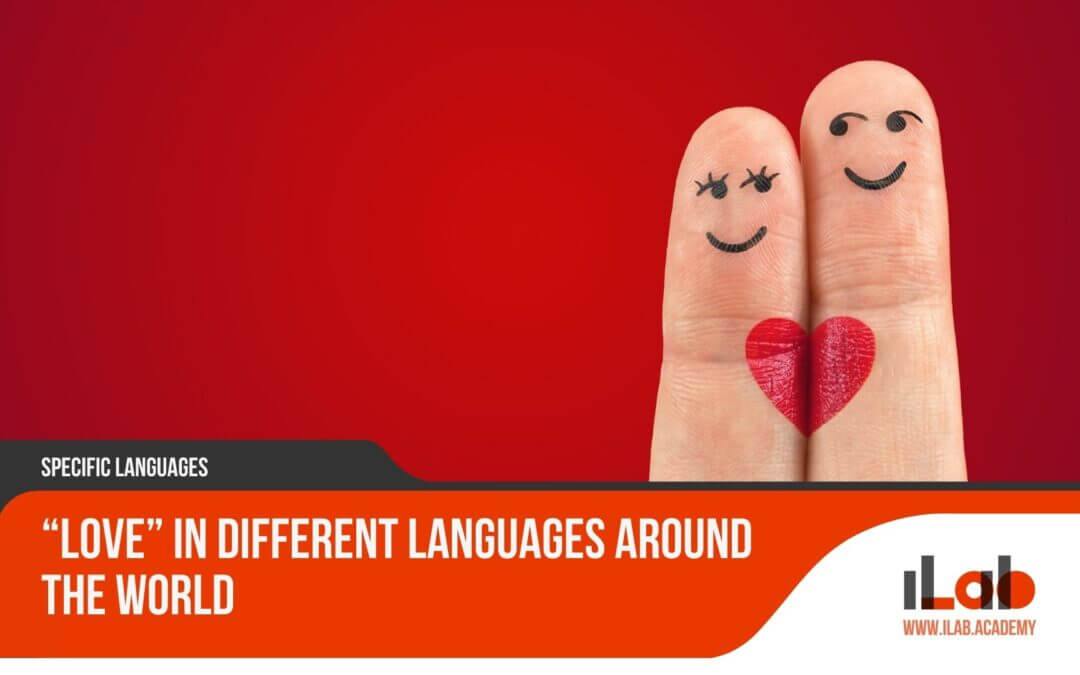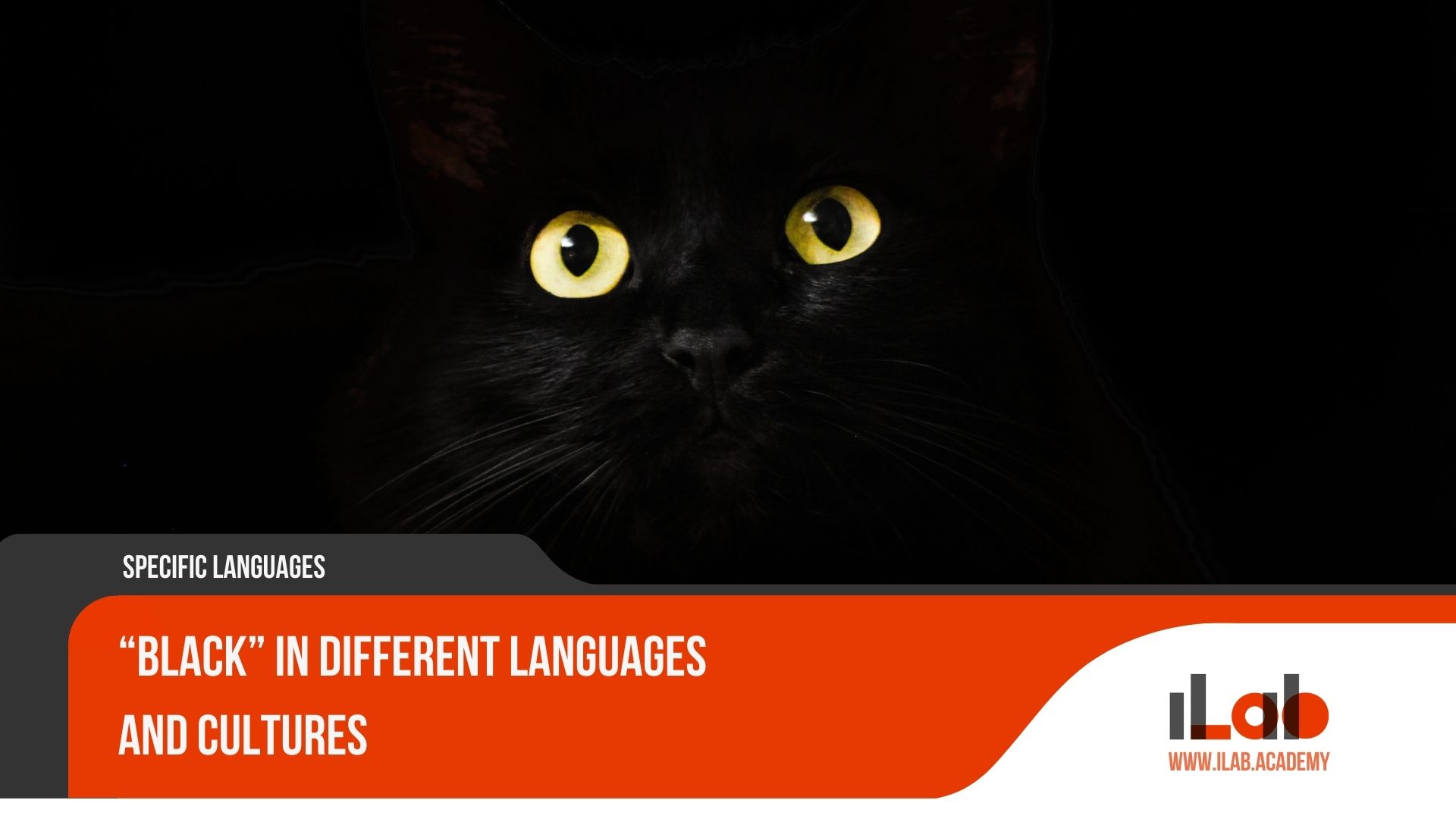Table of contents
The Latvian language, an integral component of the Baltic linguistic tapestry, offers a unique lens through which to observe the interplay between language and cultural identity. As scholars explore the etymological pathways and historical currents that have shaped this tongue, they uncover a narrative that is as complex as it is enlightening. From its ancient Indo-European lineage to the influences of neighboring tongues and occupying powers, Latvian reflects a history of resilience and adaptation. This discourse invites an in-depth examination of how the language has not only survived but also thrived, evolving to meet the demands of modern communication while retaining its distinctive phonological and grammatical features. The subsequent discussion will consider the implications of these dynamics for the future of Latvian, contemplating its role in a world where linguistic diversity is both a precious heritage and a challenge to be navigated.
Key Takeaways
- The Latvian language has ancient and complex roots, with Indo-European lineage and developments through various historical epochs.
- Latvian has distinct grammatical rules and phonetics that set it apart from other languages within the same language family.
- The Latvian language is deeply interconnected with the cultural life of Latvia, serving as a repository of the nation’s traditions, literary works, and national identity.
- Latvian has faced historical challenges, including periods of foreign influence and domination, but has shown resilience and integration of these influences.
The Origin and Historical Roots of Latvian Language
Tracing its origins back to the Indo-European language family, Latvian has emerged through millennia as a distinct tongue with a complex tapestry of historical influences. The language is a member of the Baltic group, which itself is a small and unique cluster within the broader Indo-European family. This historical context is essential for understanding the linguistic and cultural evolution that led to contemporary Latvian.
The formation of the Latvian language is a narrative interwoven with various historical epochs. It has been shaped by interactions with neighboring cultures and languages, as well as the political dynamics of the region. For centuries, the Baltic tribes that would eventually become the Latvian people had their own distinct dialects, which over time evolved and merged into what is now recognized as the Latvian language.
Latvian was significantly affected by the periods of foreign rule under German, Polish, Swedish, and Russian powers. Each of these dominions left its mark on the language, contributing to its vocabulary and shaping its syntax. However, despite these influences, Latvian retained its unique Baltic characteristics, which are particularly noticeable in its phonetic and grammatical systems.
The historical roots of Latvian are not only of linguistic interest but also bear testimony to the resilience of a culture that has managed to preserve its language through turbulent times. The study of Latvian’s origin and development offers insight into how languages can adapt, survive, and maintain their essence despite external pressures and changes. This understanding is vital for appreciating the rich heritage and the ongoing cultural significance of the Latvian language in the modern world.
The Latvian Language and Linguistic Structure
Delving into the Latvian language’s grammatical and phonetic structure reveals a tapestry of linguistic features that distinguish it from its Indo-European counterparts. Latvian is a Baltic language, closely related to Lithuanian, yet it exhibits its own array of distinctive characteristics. One of the most striking aspects of Latvian grammar is its complex inflectional system, which affects nouns, pronouns, adjectives, and verbs. Nouns and pronouns in Latvian decline in seven cases – nominative, genitive, dative, accusative, instrumental, locative, and vocative – each indicating the syntactic and semantic relationship of the noun to other words in a sentence.
The Latvian verb system is equally intricate, featuring three conjugations, distinct mood forms, and a reflexive form. Tenses in Latvian are formed by a combination of participles and auxiliary verbs, and the language also employs a category known as the ‘debitive’ mood, which expresses necessity or obligation.
Phonetically, Latvian is notable for its extensive use of palatal sounds and a pitch accent system, which is relatively rare among European languages. It has a fixed initial stress and a rich vowel system that includes long and short vowels, as well as diphthongs. The pronunciation of Latvian is further characterized by the presence of soft and hard consonants, which can change the meaning of words.
This linguistic structure, with its nuanced forms and functions, not only underscores the complexity of Latvian but also serves as a testament to its historical depth and the cultural richness it embodies. Understanding the intricacies of Latvian’s linguistic structure provides a window into the cognitive processes of its speakers and the historical journey of the language itself.
Latvian Language and Its Cultural Significance
The Latvian language serves as a vital conduit for the cultural heritage and collective memory of Latvia, encapsulating its people’s identity, history, and artistic expressions. It is not merely a means of communication; it is a repository of the nation’s soul and intellect, manifesting in various aspects of life. As such, the cultural significance of the Latvian language can be delineated through several key facets:
- Literary Works: Latvian literature is an illustrious reflection of the nation’s journey. From the epic “LÄÄplÄ“sis” by Andrejs Pumpurs to the poetry of Rainis and Aspazija, literary works in Latvian have chronicled the nation’s struggles, joys, and philosophical ponderings, preserving the essence of Latvian thought and emotion.
- Folk Traditions: The language is intricately tied to Latvia’s rich tapestry of traditions. Folk songs (dainas), with their unique melodies and lyrics, are a testament to the Latvian spirit, encapsulating wisdom, life’s milestones, and the bond with nature—all articulated through the Latvian tongue.
- National Identity: Throughout history, the Latvian language has been a cornerstone of national identity. During periods of foreign dominion, it served as a symbol of resistance and unity. Today, it continues to be an emblem of national pride and sovereignty.
- Cultural Expression: The language is central to cultural expression in theater, music, and art. It influences the way Latvians perceive the world and express their creativity, ensuring the continuity of cultural narratives and the Latvian worldview.
Understanding the cultural significance of the Latvian language is to appreciate how deeply it is woven into the fabric of Latvia’s national identity. It is a living chronicle of the Latvian people, continuously evolving while honoring its historical legacy.
Latvian Under Foreign Influence: Historical Challenges
While the Latvian language stands as a testament to the nation’s cultural resilience, it has also endured significant challenges due to the influence of foreign powers throughout its history. The Latvian tongue, with its Indo-European roots, has navigated a complex historical landscape, marked by periods of intense external pressure and the struggle for survival against dominating foreign influences.
Throughout the centuries, Latvia’s geopolitical position made it a crossroads for various empires and cultures, each leaving its imprint on the Latvian language. The Baltic region, where Latvian originated, was subject to the Germanic impact during the crusades, Polish-Lithuanian rule, and later, Russian and Soviet dominance. These eras of foreign control brought about a linguistic layering, with Latvian absorbing words, phrases, and even grammatical structures from German, Polish, Russian, and other languages.
However, the Latvian language did not merely succumb to these influences. Instead, it demonstrated a remarkable capacity to integrate and adapt foreign elements while preserving its core identity. This resilience is a testament to the Latvian people’s determination to maintain their linguistic heritage. The language’s survival and its continued evolution affirm the community’s spirit and the importance of language as a cornerstone of national identity.
The historical challenges confronted by the Latvian language have thus not only shaped it but also highlighted its durability. In the face of foreign dominance, the language has shown an ability to endure and evolve, embodying the resilience and adaptability of the Latvian nation itself.
The Latvian Language Renaissance: Independence and Revival
Amidst the surge of national consciousness in the 19th and early 20th centuries, the Latvian language experienced a profound renaissance, pivotal to the country’s quest for independence and cultural identity. This period, known as the Latvian National Awakening, was a transformative era for the Latvian people and their language. It marked the beginning of a concerted effort to reclaim the Latvian language from the shadows of foreign domination and to celebrate it as a cornerstone of national pride.
The revitalization of the Latvian language during this time can be characterized by several key developments:
- Standardization of the Language: Efforts were made to standardize Latvian orthography and grammar, which was essential for fostering a common literary language and for use in education and official matters.
- Literary Flourishing: The period saw a significant increase in Latvian literature, with works by poets and authors like JÄnis Rainis and Aspazija, which ignited the national spirit and solidified the language’s literary status.
- Educational Reforms: The establishment of schools with Latvian as the language of instruction was crucial in educating the young generation and in promoting literacy among the common people.
- Cultural Emphasis: There was a concerted effort to infuse the Latvian language into all facets of cultural life, including theater, music, and folk traditions, thus reinforcing its significance in the national consciousness.
The Latvian Language Renaissance was not merely a linguistic revival; it was a cultural and political movement that helped pave the way for Latvia’s eventual independence. It demonstrated the inextricable link between language and national identity, reminding us that language is not only a means of communication but also a vessel for cultural heritage and self-determination.
Latvian in the Digital Age and Language Preservation Efforts
Navigating the tides of technological advancement, the Latvian language confronts both opportunities and obstacles in its quest for digital-age relevance. As the world increasingly digitizes, languages must adapt or risk obsolescence. For Latvian, a language of rich heritage and cultural significance, this digital transition is pivotal. The preservation of Latvian in the face of globalizing forces is not just about maintaining a means of communication; it’s about preserving a nation’s identity.
Efforts to keep Latvian vibrant and relevant are multifaceted. Educational initiatives are in place to ensure that young Latvians are proficient in their native tongue and can navigate digital platforms effectively. The Latvian government and cultural institutions have also taken steps to support the language’s digital presence. This includes the development of Latvian language software, such as spell checkers and keyboard layouts, which facilitate the use of Latvian in computing and on the internet.
Moreover, there is a conscious push to integrate Latvian language content into the digital space. Websites, social media, and mobile applications are increasingly available in Latvian, providing access to information and services in the national language. This digital inclusion not only serves to promote the language’s use but also to connect the Latvian community around the world.
However, the digital age also presents challenges. The dominance of English online and in technology can overshadow smaller languages. To counteract this, ongoing support for Latvian media, digital resources, and education is crucial. These measures are essential for ensuring that the Latvian language does not just survive, but thrives in the digital age, preserving the cultural wealth it embodies for future generations.
Latvian as a Second Language: Learning and Global Interest
As the Latvian language fortifies its digital presence, it simultaneously garners attention from international learners eager to embrace its linguistic and cultural richness. The reasons behind this growing interest are multifaceted, reflecting a combination of personal enrichment, academic pursuits, and professional opportunities.
For those considering the undertaking of Latvian as a second language, the following aspects are particularly noteworthy:
- Cultural Access: Learning Latvian opens a gateway to a deeper appreciation of Latvia’s rich traditions, literature, and history. As a language that has played a crucial role in the nation’s identity, it offers unique insights into the Latvian way of life and mentality.
- Academic Research: Scholars and students in the fields of Baltic studies, linguistics, and European history find learning Latvian essential. It facilitates direct access to primary sources and enhances research in areas related to the Baltic region.
- Professional Advantages: With Latvia’s integration into the European Union and its strategic geographic location, proficiency in Latvian can be advantageous for international business, diplomatic relations, and tourism.
- Language Preservation: Enthusiasts and advocates of linguistic diversity support learning Latvian as a means to contribute to the preservation of smaller languages, which are an integral part of the world’s cultural heritage.
These factors, combined with Latvia’s growing influence on the global stage, contribute to the increasing appeal of Latvian as a second language. Resources for learners have become more accessible, including online courses, language apps, and cultural exchange programs, making it easier for individuals across the world to embark on the rewarding journey of learning Latvian.
The Future of the Latvian Language: Trends and Projections
The future of the Latvian language, a key element of the nation’s identity, is poised to encounter both challenges and opportunities as it navigates the evolving linguistic landscape of the 21st century. With globalization exerting homogenizing pressures on smaller languages, Latvian must find a balance between maintaining its unique character and adapting to an increasingly interconnected world.
Current trends suggest that technological advancement is a double-edged sword for Latvian. The digital age offers tools for preservation and promotion, such as online platforms for learning and digital media that can showcase the language’s cultural richness. Yet, the dominance of English on the internet and in global business poses a risk of linguistic overshadowing, potentially relegating Latvian to a more localized or ceremonial use.
Demographically, Latvia’s commitment to education in Latvian can foster a new generation fluent and proud of their linguistic heritage. However, emigration and the attractiveness of larger languages could diminish the number of native speakers, influencing the language’s vibrancy and development.
Projections for the Latvian language’s trajectory hinge on strategic initiatives that promote its use in all spheres of life. Ensuring its presence in technology, from software localization to artificial intelligence interfaces, will be crucial. Moreover, cultivating a robust body of Latvian literature, media, and entertainment can strengthen internal support and external interest in the language.
Frequently Asked Questions
How Does the Latvian Language Accommodate the Introduction of New Technological and Scientific Terminology?
The Latvian language incorporates new technological and scientific terms primarily through the Latvian Language Institute, which develops official translations for foreign terms. This process often involves either adopting the international term with Latvian phonetics or creating a new word based on Latvian morphological and phonological rules. This ensures consistency and comprehensibility, enabling speakers to effectively communicate modern concepts while maintaining the language’s integrity.
What Are Some Common Misconceptions About the Latvian Language That Learners and Outsiders Might Have?
Common misconceptions about the Latvian language include its similarity to Russian or other Slavic languages, due to historical associations. In reality, Latvian is part of the Baltic language group and is closer to Lithuanian. Another fallacy is that it’s exceedingly complex; while it has unique features, such as multiple declensions, learners can master it with study. Additionally, some presume it lacks modern vocabulary, yet Latvian continuously evolves to incorporate contemporary terms.
How Does the Teaching of the Latvian Language in Schools Adapt to the Needs of Students From Diverse Linguistic Backgrounds?
Latvian language instruction in schools incorporates differentiated teaching strategies to accommodate students with varied linguistic backgrounds. Educators employ tailored materials and bilingual support to foster comprehension and fluency. Emphasis is placed on immersive experiences, cultural integration, and personalized learning paths to ensure that all students, regardless of their native tongue, can achieve proficiency in Latvian, thus promoting inclusivity and linguistic diversity within the educational framework.
In What Ways Has Latvian Cuisine and Gastronomy Influenced the Development of Latvian Vocabulary and Expressions?
Latvian cuisine has enriched the local vocabulary with terms and expressions reflecting its culinary heritage. Evolving food traditions have necessitated the creation of new words, while regional dishes contribute to linguistic diversity. Gastronomy’s impact on language extends to idiomatic expressions derived from cooking and eating practices, illustrating the integral role cuisine plays in shaping the linguistic tapestry and cultural dialogue within Latvia.
Are There Any Notable Movies or TV Shows That Have Helped to Popularize the LaTVian Language Internationally?
While internationally popular movies or TV shows in the Latvian language are relatively scarce, some productions have garnered attention and facilitated cultural exchange. Notable works include the historical drama “Nameja gredzens” (The Ring of Namejs) and the documentary “Pelnu Sanatorija” (Ashes in the Snow), which have reached global audiences, showcasing the language and offering a glimpse into Latvia’s rich storytelling tradition and historical narratives. These have contributed modestly to the international visibility of the Latvian language.
Conclusion
In conclusion, the Latvian language represents a remarkable facet of the Baltic linguistic heritage, reflecting an enduring cultural identity. Despite historical adversities, it has experienced a significant revival and continues to evolve in the digital era. With increasing global interest and learning opportunities, Latvian exhibits potential for enhanced international presence. Continued preservation efforts and strategic initiatives are crucial to ensure the vitality and uniqueness of this language in the face of globalization’s challenges.




